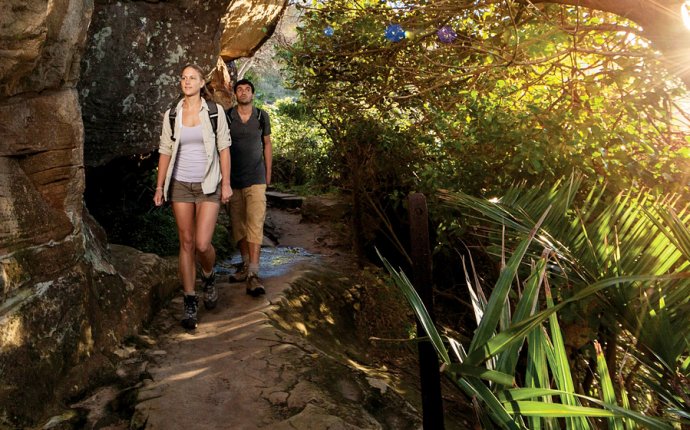
National Parks in Australia List
The spectacular and distinctive Australian Alps contain landforms created by glaciers, remarkable fish fossils and unique cold climate plants and animals. The Alps have a strong association with Australia's pioneering history, while the snowfields and national parks have long been popular recreation areas.
The Australian Alps, made up of 11 national parks and nature reserves, were included on the National Heritage List on 7 November 2008.
Location
The National Heritage Listed site matches the boundary of the existing Australian Alps National Parks covering over 1.6 million hectares of public land across eleven national parks and nature reserves in the ACT, NSW and Victoria.
The Australian Alps National Parks listing recognises the numerous and unique natural, Indigenous and historic values of Australia's mainland.
The sites are:
Australian Capital Territory
- Tidbinbilla Nature Reserve
- Namadgi National Park
New South Wales
- Bimberi Nature Reserve
- Brindabella National Park
- Kosciuszko National Park
- Scabby Range Nature Reserve
Victoria
- Alpine National Park
- Avon Wilderness
- Baw Baw National Park
- Mt Buffalo National Park
- Snowy River National Park
Unique natural environment
The high altitude peaks and plateaus, glacial lakes and alpine and sub-alpine ecosystems of the Australian Alps are rare in our mostly flat, dry and hot continent.
Containing the highest peaks in the Great Dividing Range, the Alps are of outstanding landscape value and are important in the pattern of Australia's natural history. The Kosciuszko Plateau includes the most striking examples on the Australian mainland of landforms created by glaciers. The remarkable Mt Howitt fish fossils demonstrate all life stages from larvae to mature fish. The Alps are home to unique cold climate plants and animals - from wildflowers to snow gums, and from mountain pygmy possums to migratory Bogong moths.
Longstanding human interaction
Past large scale Aboriginal social gatherings based on moth feasting were unique to the Alps.
Huts, fences, cattle yards and stock routes reflect over 150 years of summer grazing on the alpine high plains, which began in the 1830s.
The distinctive way of life associated with that grazing is significant to our pastoral and pioneering history. Linked to this is Banjo Paterson's ballad The Man from Snowy River, an epic legend of horsemanship.
The Alps is the major area in Australia for broad-scale snow recreation. Snow sports began in the 1860s and activities expanded during the 20th century. With significant natural catchments, the Alps have contributed to the nation's social and economic development through the use of alpine waters for irrigation, to generate electricity and as a partial source for domestic water supplies for Melbourne and Canberra.









